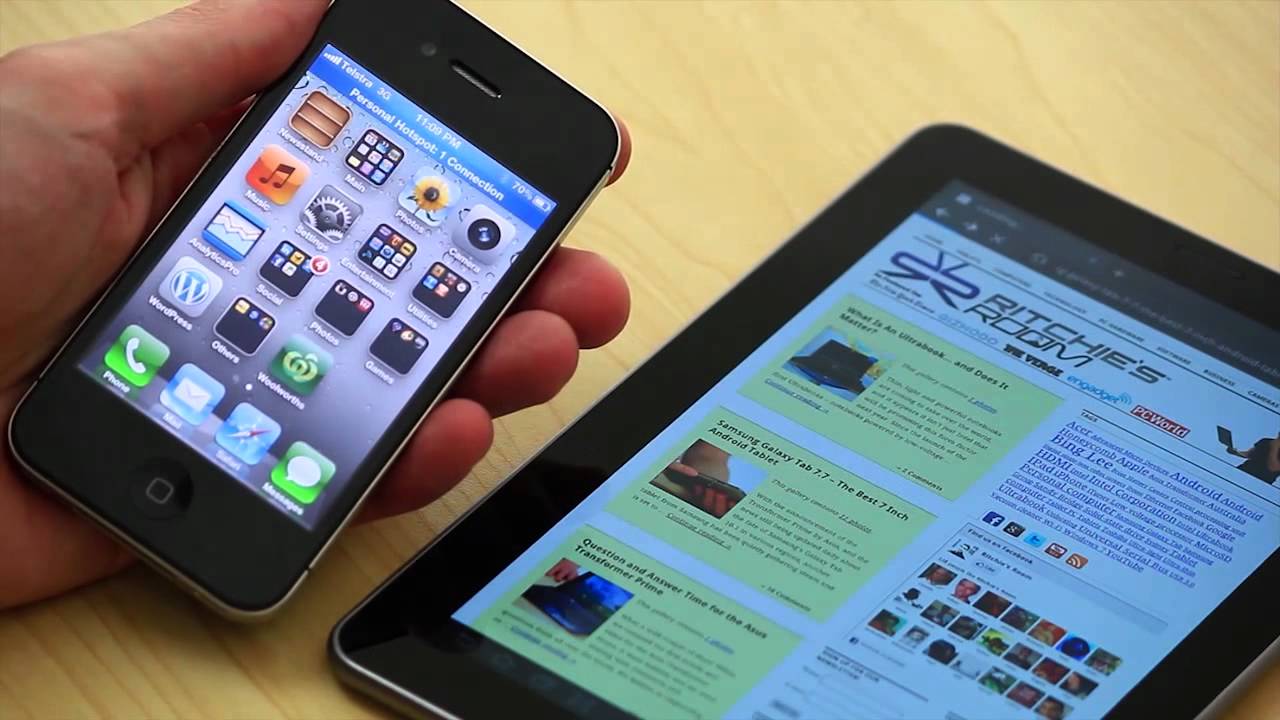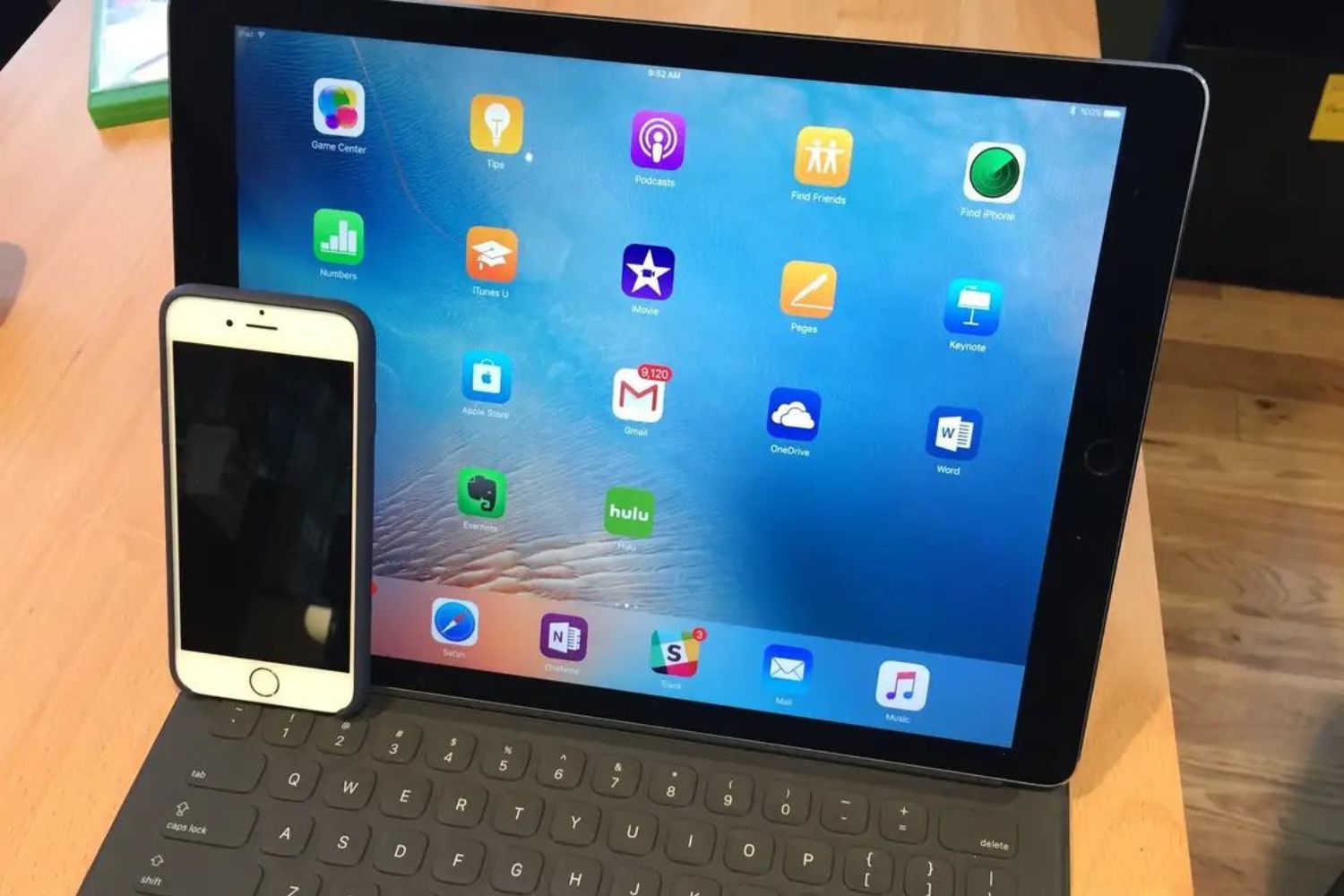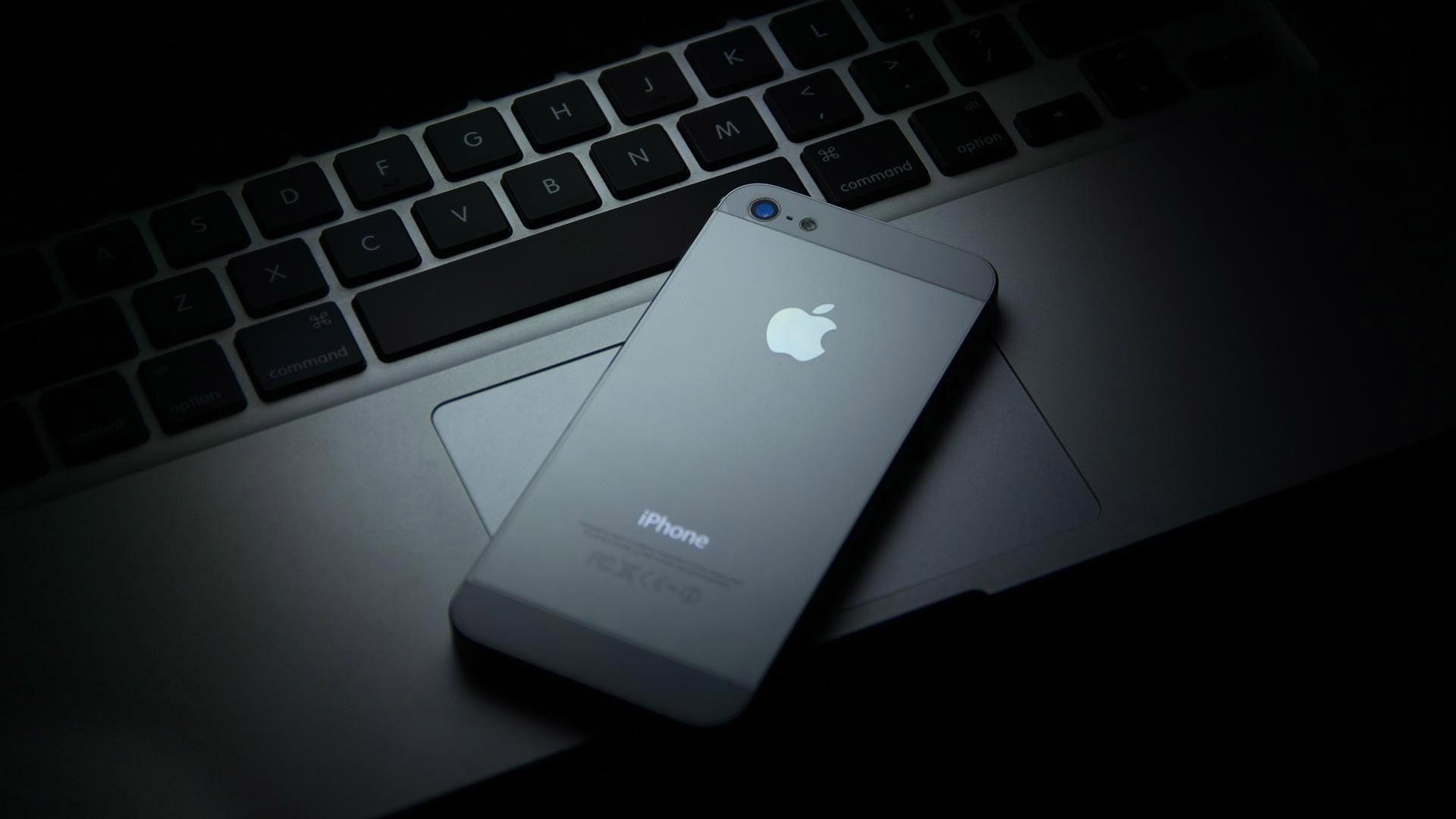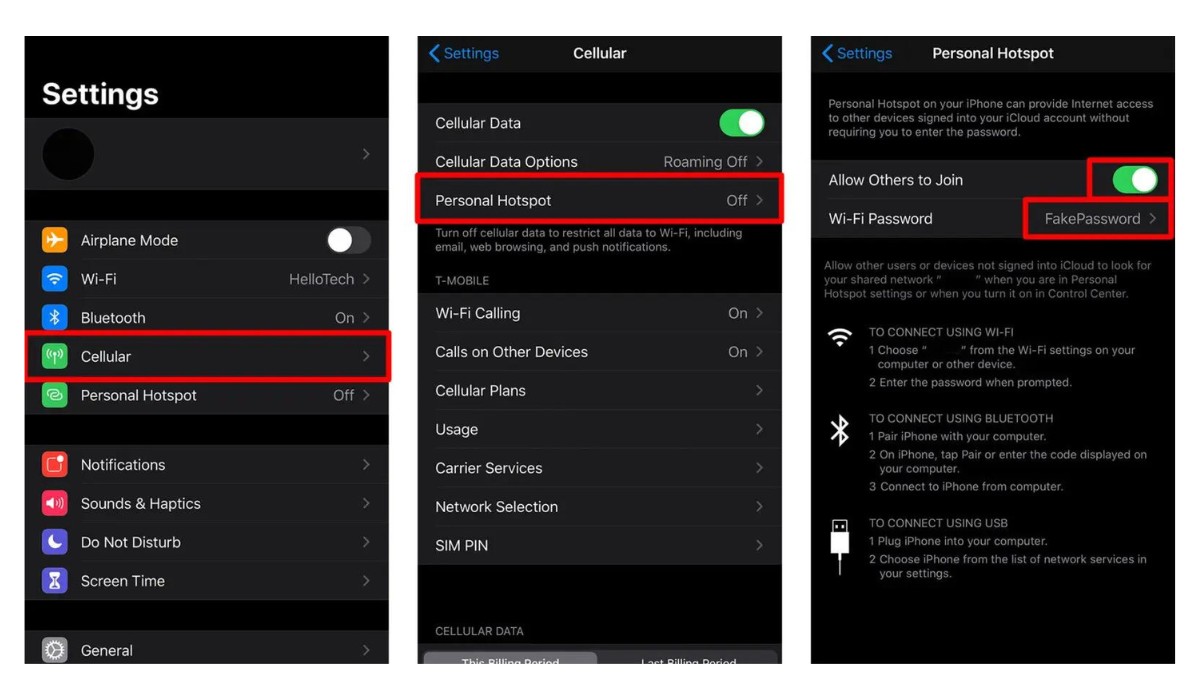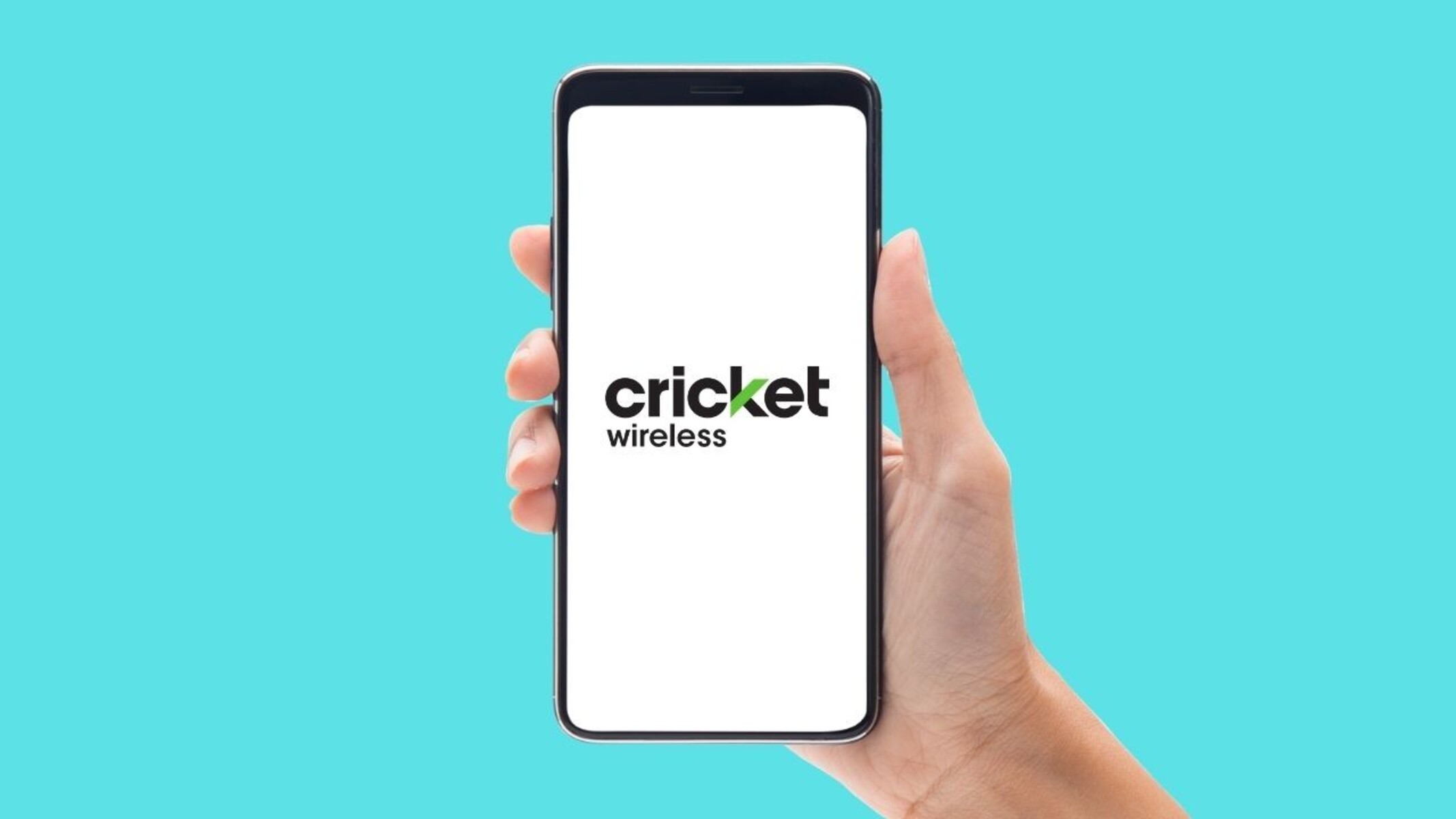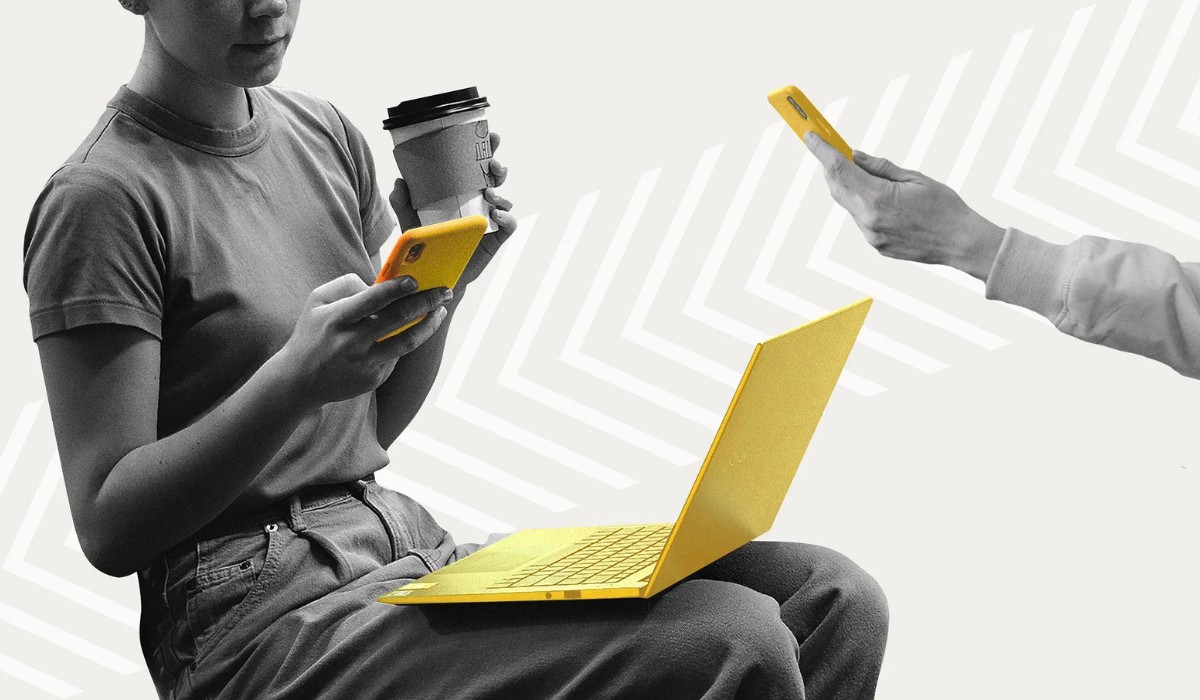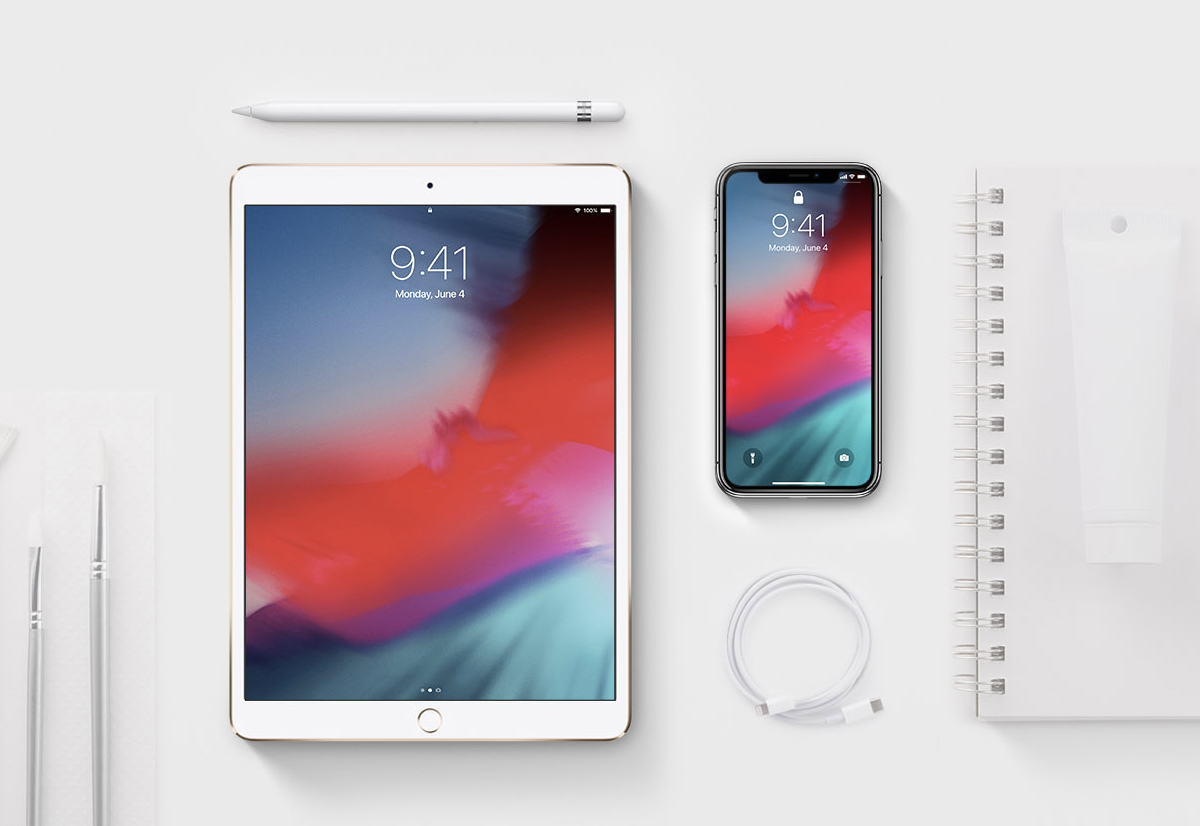Introduction
In today’s technological era, many people own multiple devices with different operating systems. While it may seem challenging to connect devices from different ecosystems, such as an iPhone and an Android tablet, there are various methods available to establish a connection between them. Whether you want to share files, stream content, or sync data, you’ll be pleased to know that it is indeed possible to connect your iPhone to your Android tablet.
Before we delve into the different methods, it’s essential to ensure that your devices are compatible with each other. Both the iPhone and Android tablet should have the necessary hardware capabilities and operating system versions that support the desired connectivity options. Checking compatibility upfront will save you time and frustration.
In this guide, we will explore several methods to connect your iPhone to your Android tablet. We will cover connecting via Bluetooth, using third-party apps, syncing with cloud services, transferring files via USB, streaming content, and troubleshooting common issues. By the end of this article, you will have a comprehensive understanding of how to establish a seamless connection between your iPhone and Android tablet.
Checking Compatibility
Before attempting to connect your iPhone to your Android tablet, it’s crucial to ensure that both devices are compatible with each other. Compatibility refers to the hardware capabilities and software requirements necessary for a successful connection. Here’s how you can check the compatibility of your devices:
- Operating System: Ensure that your iPhone and Android tablet are running on the latest operating system versions. This will guarantee better compatibility and functionality between the two devices.
- Bluetooth: Check if both your iPhone and Android tablet have Bluetooth capabilities. Bluetooth is a common wireless technology used for connecting devices, and having this feature on both devices is essential for most connectivity options.
- Hardware Requirements: Certain methods, such as file transfer via USB or streaming content, may require specific hardware components. Make sure your iPhone and Android tablet possess the necessary hardware for the desired connectivity options.
Furthermore, it’s important to note that some connectivity methods may be device-specific or require additional software installations. Therefore, researching and understanding the compatibility requirements before attempting to connect your devices will save you time and potential frustration.
Once you have confirmed that your iPhone and Android tablet are compatible, you can proceed to explore the various methods available for establishing a connection. In the following sections, we will discuss each method in detail, guiding you through the steps required to connect your iPhone to your Android tablet.
Connecting via Bluetooth
One of the most common and straightforward methods to connect your iPhone to your Android tablet is through Bluetooth. Bluetooth allows for wireless communication between devices and enables various possibilities, such as file sharing and audio streaming. Here’s how you can connect your iPhone to your Android tablet via Bluetooth:
- On your iPhone, go to the Settings app and navigate to the Bluetooth section. Ensure that Bluetooth is turned on.
- Similarly, on your Android tablet, access the Settings app and locate the Bluetooth settings.
- Enable Bluetooth on your Android tablet as well.
- On your iPhone, in the Bluetooth settings, you should see a list of available devices. Tap on your Android tablet’s name when it appears.
- You may be prompted to enter a passcode or verify a pairing on both devices. Follow the on-screen instructions to complete the pairing process.
- Once the devices are successfully connected via Bluetooth, you can start utilizing the available functionalities. For example, you can transfer files between the devices, play music from your iPhone on the Android tablet’s speakers, or even use your tablet as a remote control for your iPhone’s camera.
It’s important to note that the functionalities available when connected via Bluetooth may vary depending on the devices and their respective software versions. Some devices may have additional features, such as the ability to share internet connectivity or use the tablet as a secondary display for the iPhone.
If you encounter any issues during the pairing process or face connectivity problems, ensure that both devices are within close proximity to each other and that Bluetooth is enabled on both. Additionally, check if there are any software updates available for the devices, as updates often include bug fixes and improvements for Bluetooth connectivity.
Connecting your iPhone to your Android tablet via Bluetooth provides a convenient and wireless method to share files and enjoy various functionalities. However, if you require more advanced capabilities or specific functionalities, you may need to explore other methods discussed in the following sections.
Using Third-Party Apps
If you’re looking for additional features and seamless integration between your iPhone and Android tablet, using third-party apps is a great option. These apps are specifically designed to bridge the gap between different operating systems and offer a wide range of functionalities. Here’s how you can connect your iPhone to your Android tablet using third-party apps:
- Start by searching for third-party apps that cater to your specific needs. Some popular apps include AirDroid, Pushbullet, and Join. These apps typically provide features like file sharing, notification syncing, and messaging integration.
- Install the chosen app on both your iPhone and Android tablet. Ensure that both devices are connected to the internet.
- Follow the app’s instructions to set up an account and establish a connection between your devices.
- Once connected, you can enjoy various functionalities provided by the app. For instance, you can transfer files between the devices seamlessly, receive and reply to iPhone notifications on your tablet, or even send text messages directly from your tablet using your iPhone’s messaging service.
- Explore the settings within the app to customize the functionality and behavior as per your preferences.
Using third-party apps offers a convenient way to overcome the limitations imposed by different operating systems and enhance the connectivity between your iPhone and Android tablet. These apps often provide additional features that go beyond what is achievable with native connectivity options, making them a popular choice among users.
When choosing a third-party app, it’s crucial to consider factors like user reviews, ratings, privacy policies, and the compatibility of the app with your devices’ operating systems. Additionally, be mindful of app permissions and only grant access to the necessary features and data.
By utilizing third-party apps, you can unlock a plethora of functionalities and connect your iPhone and Android tablet seamlessly. However, it’s important to note that some apps may have limitations or require a subscription for access to premium features. Make sure to explore the app’s capabilities and pricing before committing to a specific solution.
Syncing with Cloud Services
Synchronizing your iPhone and Android tablet with cloud services is an excellent way to establish a seamless connection and ensure that your data is accessible across both devices. Cloud services provide storage space on remote servers, allowing you to save and synchronize files, contacts, calendars, and more. Here’s how you can sync your iPhone and Android tablet using cloud services:
- Choose a cloud service that is compatible with both your iPhone and Android tablet. Popular options include iCloud, Google Drive, Dropbox, and OneDrive.
- On your iPhone, go to the Settings app and access the section related to the chosen cloud service. Sign in with your account credentials or create a new account if necessary.
- Enable the syncing options for the data you want to synchronize across devices. This could include contacts, calendars, photos, documents, and more.
- Install the corresponding app for the chosen cloud service on your Android tablet.
- Sign in to the app using the same account credentials as on your iPhone.
- Configure the app to sync the desired data with your Android tablet.
Once the initial setup is complete, any new data or changes made on one device will automatically sync with the cloud service and be accessible on the other device. For example, if you create a new contact on your iPhone, it will sync to your Android tablet. Similarly, if you upload a photo to the cloud service from your Android tablet, it will be available on your iPhone.
Cloud synchronization offers the advantage of seamless data access and ensures that your information stays up to date across both devices. Additionally, it serves as a backup solution, safeguarding your data in case of device loss or damage.
It’s important to note that each cloud service may have different storage limits and pricing structures. Consider your data storage needs and evaluate the available options before choosing a cloud service. Additionally, ensure that the chosen service maintains a high level of security and privacy to protect your sensitive data.
By syncing your iPhone and Android tablet with cloud services, you can conveniently access and manage your data across both devices, ensuring a smooth and efficient workflow.
Transferring Files via USB
When it comes to transferring files between your iPhone and Android tablet, using a USB connection can be an efficient and reliable method. This method allows for direct data transfer without the need for an internet connection or additional apps. Here’s how you can transfer files via USB:
- Obtain a USB cable that is compatible with both your iPhone and Android tablet. For your iPhone, you will typically need a Lightning to USB cable, while your Android tablet may require a micro USB or USB-C cable, depending on the model.
- Connect one end of the USB cable to your iPhone and the other end to your Android tablet.
- On your Android tablet, you may need to select file transfer mode or enable USB debugging to establish a readable connection.
- On your iPhone, you may see a prompt asking for permission to allow the connection. Tap “Allow” to proceed.
- Once the devices are connected, you can access your iPhone’s files from your Android tablet’s file manager, or vice versa.
- Select the files you wish to transfer and copy them to the desired location on the other device.
Transferring files via USB is particularly useful when you want to transfer large files or a large number of files quickly. It also ensures that your files remain on the devices and do not rely on an internet connection or cloud service.
It’s important to note that while transferring files via USB is a straightforward approach, it may have some limitations. For instance, you might encounter compatibility issues with certain file formats or face restrictions imposed by the operating systems. Additionally, the USB cable you use should be of good quality to ensure a stable connection and avoid any data loss during the transfer process.
If you often find yourself needing to transfer files between your iPhone and Android tablet, transferring files via USB can be a convenient and efficient method to consider.
Streaming Content
If you enjoy streaming multimedia content on your iPhone and want to experience it on a larger screen, you can do so by connecting your iPhone to your Android tablet. Streaming content allows you to enjoy videos, music, and more on a bigger display with enhanced audio. Here’s how you can stream content from your iPhone to your Android tablet:
- Ensure that both your iPhone and Android tablet are connected to the same Wi-Fi network.
- On your Android tablet, download a media streaming app that supports AirPlay, such as AirScreen or AllConnect.
- Launch the media streaming app on your Android tablet.
- On your iPhone, swipe up from the bottom of the screen (or swipe down from the top-right corner on newer iPhones with Face ID) to open the Control Center.
- Tap on the “Screen Mirroring” or “AirPlay” icon in the Control Center.
- Select your Android tablet from the list of available devices.
- Your iPhone’s screen will be mirrored on your Android tablet, allowing you to view and control the content on a larger display.
With streaming content, you can enjoy your favorite videos, movies, or music playlists from your iPhone on the larger screen of your Android tablet. This method also enables you to utilize your Android tablet as a secondary display for your iPhone, opening up possibilities for multitasking or sharing content with others.
While using streaming apps that support AirPlay is a common way to stream content, it’s worth noting that some media apps may have native support for Android tablets. In such cases, you can directly install the respective app on your Android tablet and access the content without the need for screen mirroring.
Keep in mind that streaming content relies heavily on the Wi-Fi network’s stability and speed. For the best experience, ensure that both your iPhone and Android tablet are connected to a reliable Wi-Fi network with a strong signal. If you encounter any issues during streaming, try restarting your devices and router, or consider upgrading your network connection for smoother streaming.
By streaming content from your iPhone to your Android tablet, you can enjoy your media on a larger screen and enhance your viewing and listening experience.
Troubleshooting Common Issues
While connecting your iPhone to your Android tablet can be a straightforward process, you may encounter some common issues along the way. These issues can range from connectivity problems to compatibility conflicts. Here are a few troubleshooting tips to help you overcome these common issues:
- Ensure Both Devices are Updated: Make sure that your iPhone and Android tablet are running on the latest operating system versions. Updates often include bug fixes and improvements that can resolve compatibility issues.
- Restart the Devices: Sometimes, a simple restart can resolve connectivity issues. Restart both your iPhone and Android tablet and attempt the connection again.
- Check Bluetooth Settings: If you are connecting via Bluetooth, verify that Bluetooth is enabled on both devices. Additionally, check if there are any nearby devices causing interference and move away from them if necessary.
- Verify App Compatibility: When using third-party apps or streaming services, ensure that the apps are compatible with your devices’ operating systems. Incompatibility issues can lead to unstable connections or limited functionalities.
- Reset Network Settings: If you are experiencing persistent connectivity issues, try resetting the network settings on both devices. This action will remove any stored Wi-Fi networks, Bluetooth pairings, and VPN settings, so be prepared to re-enter them if necessary.
- Check Cable and USB Port: When transferring files via USB, verify that both the USB cable and the USB ports on both devices are functioning correctly. Try using a different cable or port to rule out any hardware problems.
- Check Cloud Storage: If you are syncing with cloud services, ensure that you have sufficient storage space available. Free up space or consider upgrading your cloud storage if necessary.
If you continue to experience issues despite attempting these troubleshooting tips, consider consulting the manufacturer’s support documentation or contacting customer support for further assistance. They may be able to provide specific solutions or offer additional guidance based on your device models and the nature of the problem.
By troubleshooting common issues, you can overcome connectivity hurdles and successfully connect your iPhone to your Android tablet, ensuring a smooth and seamless user experience.
Conclusion
Connecting your iPhone to your Android tablet may seem like a daunting task at first, but with the right methods and approaches, it is indeed possible. Throughout this guide, we’ve discussed various methods to establish a connection between your devices, including Bluetooth, third-party apps, cloud services, USB file transfer, and content streaming.
Before attempting any connection, it’s crucial to ensure compatibility between your iPhone and Android tablet. Confirm that both devices have the necessary hardware capabilities and are running on the latest operating system versions. This step will help prevent any potential compatibility issues and streamline the connection process.
Once compatibility is confirmed, you can explore the methods discussed in this guide. Connecting via Bluetooth offers a convenient wireless option for file sharing and device integration, while utilizing third-party apps can extend the functionality and bridge the gap between different operating systems.
Synchronization through cloud services makes it easy to access and manage your data across devices, while transferring files via USB provides a direct and fast approach for file sharing. Lastly, streaming content allows you to enjoy multimedia from your iPhone on a larger screen with your Android tablet.
If you encounter any issues during the connection process, troubleshooting common problems can help resolve them. By following some basic troubleshooting steps, such as ensuring device updates, restarting devices, and checking settings, you can overcome connectivity hurdles and establish a successful connection.
Remember, the specific methods and approaches may vary depending on your device models and software versions. It’s always a good idea to consult the manufacturer’s support documentation or contact customer support for device-specific guidance.
With the information provided in this guide, you now have the knowledge to connect your iPhone to your Android tablet. Whether you want to share files, sync data, or stream content, you can now enjoy a seamless and integrated experience between your devices.







